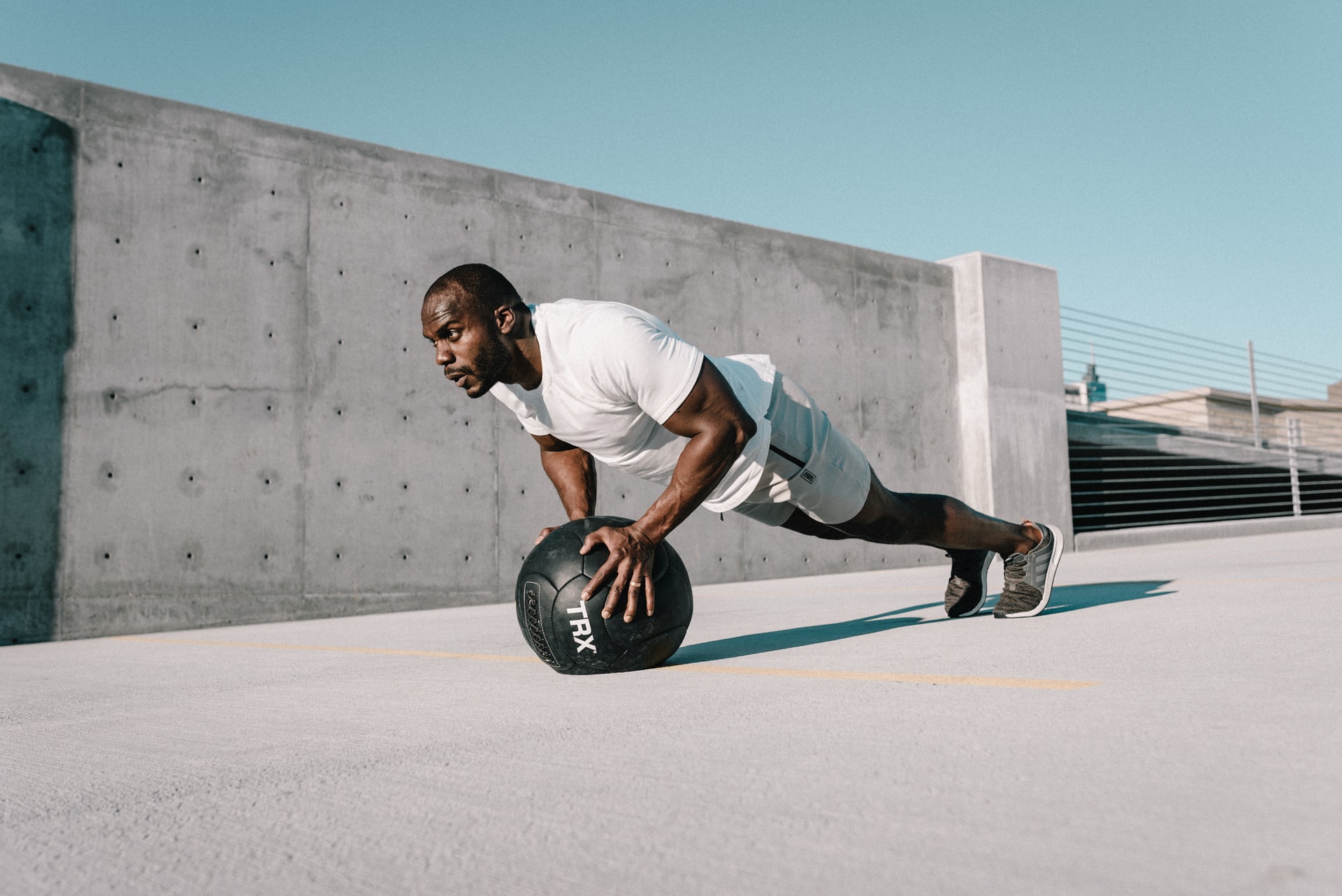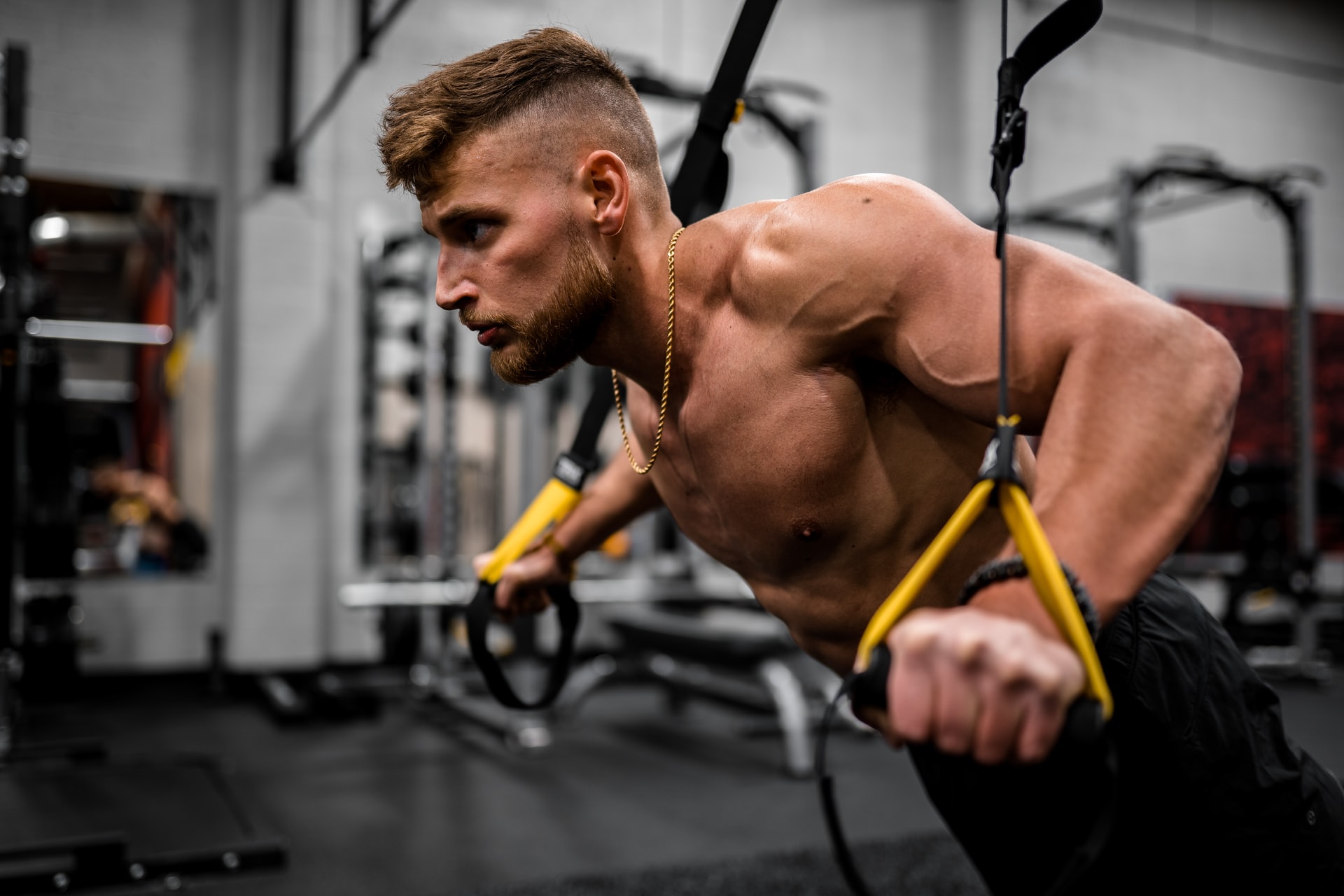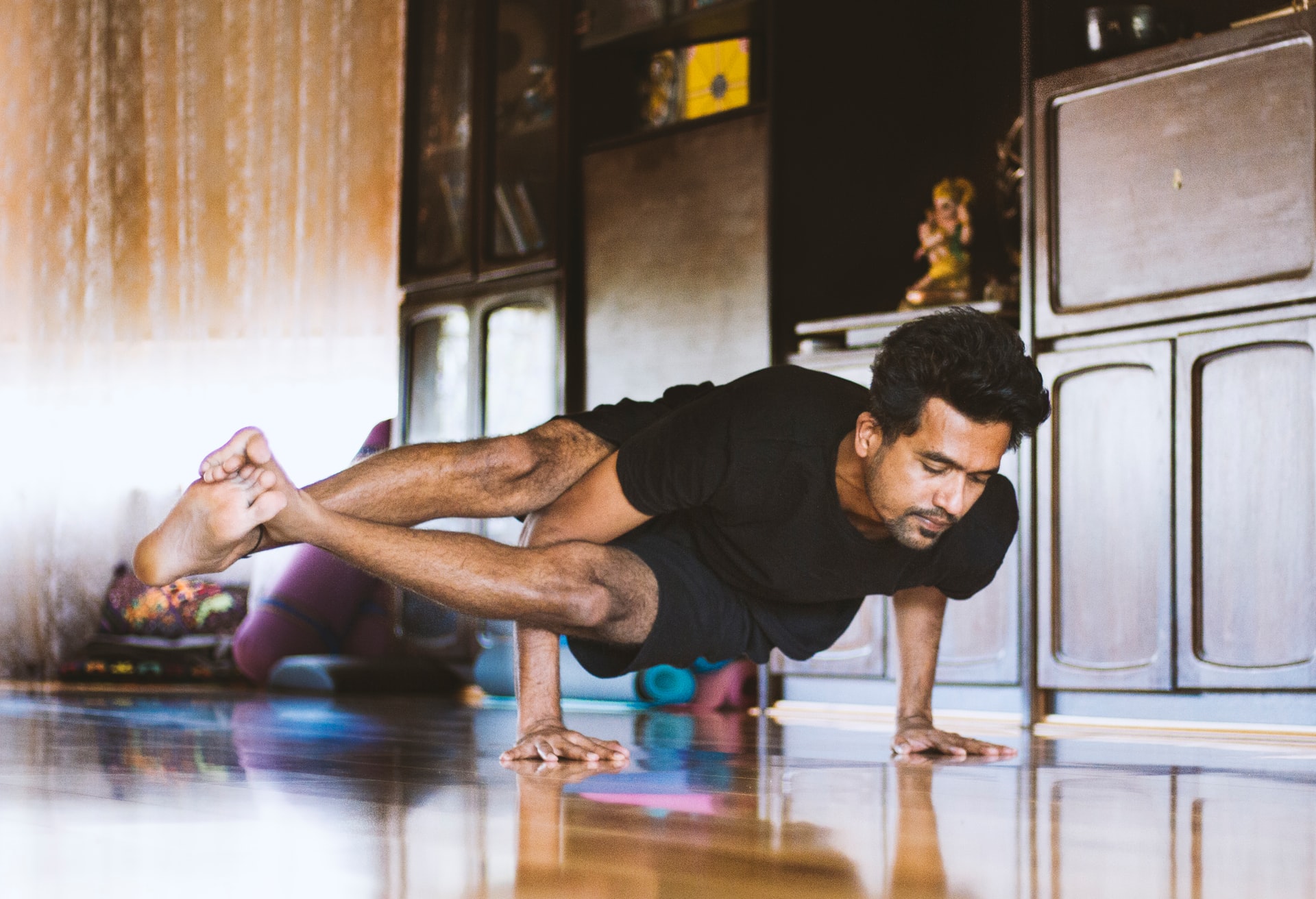In some ways, that nagging shoulder stretches like an accepted part of life; it’s like a new thing that we should just get used to.
The fact that we’re not as young as we once were may lead us to make jokes about “growing older.”However, the tension in the shoulders that develops is exceedingly inconvenient and may possibly have long-term consequences if we aren’t attentive.
Shoulder and neck pain can creep up on us, no matter how careful we are. It’s not only about sitting at a desk all day and putting up with stress.
Some of the best at-home workouts to treat and eventually eliminate shoulder stretches are shared in this piece. Shoulder and neck tension can be relieved with chiropractic care.
Chiropractic therapy is another fantastic way to take care of your shoulder stretches on a regular basis. Because inflammation and pressure are reduced when the spine is adjusted, your entire system functions better, including your shoulders and upper back.

There may be underlying disorders causing your shoulder stiffness and discomfort. Your practitioner can help diagnose these as well. Through a combination of individualized care and a conservative approach, you may be certain that you’re treating the underlying cause of your pain and recovering.
Shoulder Pain: What Causes It?
Shoulder dislocation, detachment, or fracture are medical emergencies requiring urgent attention and physical therapy rehabilitation under the direction of a physiotherapist.
When it comes to shoulder stretches, many of the most common causes are arthritic, impinged, unstable, and overused. Shoulder pain may also be caused by:
Tendonitis of the rotator cuff. 4 muscles make up the rotator cuff, which supports and moves the shoulder. The fibers connect to the amputated arm just below the popularity of the clavicle, which is where the tendons originate. This bone can squeeze the rotator cuff tendon, causing it to inflame and hurt.
Tendonitis of the biceps. Upper arm biceps are connected to shoulder blades via the biceps tendon, which extends from your forearm to your elbow. The shoulder beam’s bony physiology or ligaments attaching to the femoral neck and shoulder blade could indeed pinch this tendon.

Shoulder Health And Poor Posture:
A wide range of factors can contribute to poor posture. Extensive desk work and commute time are the most obvious culprits, but there may be more you may think of.
Whatever number of times you tell yourself to sit upright when you’re in these situations for long periods of time, it won’t work. It’s inevitable that your physical form will degrade over time.
So, what happens if we lose our balance and fall out of posture? Our shoulders hunch forward, and our chests tighten as a result of our round upper backs.
When we slouch, the rotator cuffs in our shoulders take more of a beating. As time passes and we start to feel the symptoms of an “overuse” injury, we may get a dull soreness and stiffness in our shoulders.
Pose Of A Child:
Yoga practitioners know that child’s pose opens the chest while also stretching the upper back and neck. When doing child pose, get on your hands and knees and spread your legs apart slightly more than hip-width apart. Relieve yourself by sitting back with your weight on the ground in front of you.
Needle Threading
Once again, you’ll start on your hands and knees for this exercise. Kneel on the floor with your feet flat on the floor and hands just under your shoulders.

Struggling To Keep A Straight Spine?
Try this simple balancing exercise. After a few seconds, return to the starting position after holding the ending position. For each side, perform this exercise five times. This is beneficial for stretching the shoulder muscles on the outside.
Possessing The Correct Posture:
As the name implies, you should become in the habit of sitting with your back straight. In other words, you should sit or stand straight and maintain a neutral gaze forward while activating your core softly and sitting or standing up straight with shoulders back and down.
We realize this isn’t a brand-new activity, but
Many people find it incredibly challenging to constantly incorporate good posture into their daily lives. If you want to improve your posture, set alarms that go off every 30 to 45 minutes to remind you to sit up straight. You’ll be shocked at how easily old habits resurface, and reminders will assist you in forming new, more healthful ones.
Stretch The Windmills
To expand up the chest, try the windmill stretch. It’s a crucial part of good posture. Lie on your side and extend both arms straight out in front of you. Begin by bending your knees to a 90-degree angle and stacking them in front of you.
Lift your upper arm straight up and over your body, reaching to the other side to form a “T” with your arms while keeping them straight. Stretching the Shoulders Across the Body.
Straighten your back or your seat:
To do this, grab an elbow and bring it across your body at a slight angle below your shoulders. To flip sides, simply hold this easy stretch for 10-15 seconds before releasing. Stretch each side up to ten times, then switch sides.
This exercise works the muscles that surround the shoulder socket and provides stability to the upper back. Stretching the Shoulders Above the Head.
This one aids shoulder joint mobility when reaching overhead. Additionally, it stretches the broad V-shaped muscle that runs from your back to your hips, known as the latissimus dorsi. They aid in spinal and shoulder stabilization, which is essential for proper posture.
Stretching the Door Frame Chest:
This is an excellent chest-opening exercise because it increases mobility in the area around the chest. Put your forearms 90 degrees bent at shoulder level on either side of the doorframe.

It’s the downward dog, of course. Any yogis out there are familiar with this workout!
As well as stretching the shoulders, a downward dog also stretches the back muscles around them. Start on your hands and knees in a downward dog position, and then elevate your hips as high as you can while keeping your back level and your legs as straight as possible.
Angels Climbing the Wall
These are wonderful for strengthening the upper back while also promoting mobility in the shoulder stretches. To begin, lean against a wall with your back flat.
Set your arms up at a 90-degree angle on either side of your body. Slowly raise both arms toward the ceiling, keeping them in contact with the wall the entire time.
Take a few seconds to catch your breath at the peak before slowly descending to where you started. Replicate this five to ten times.



